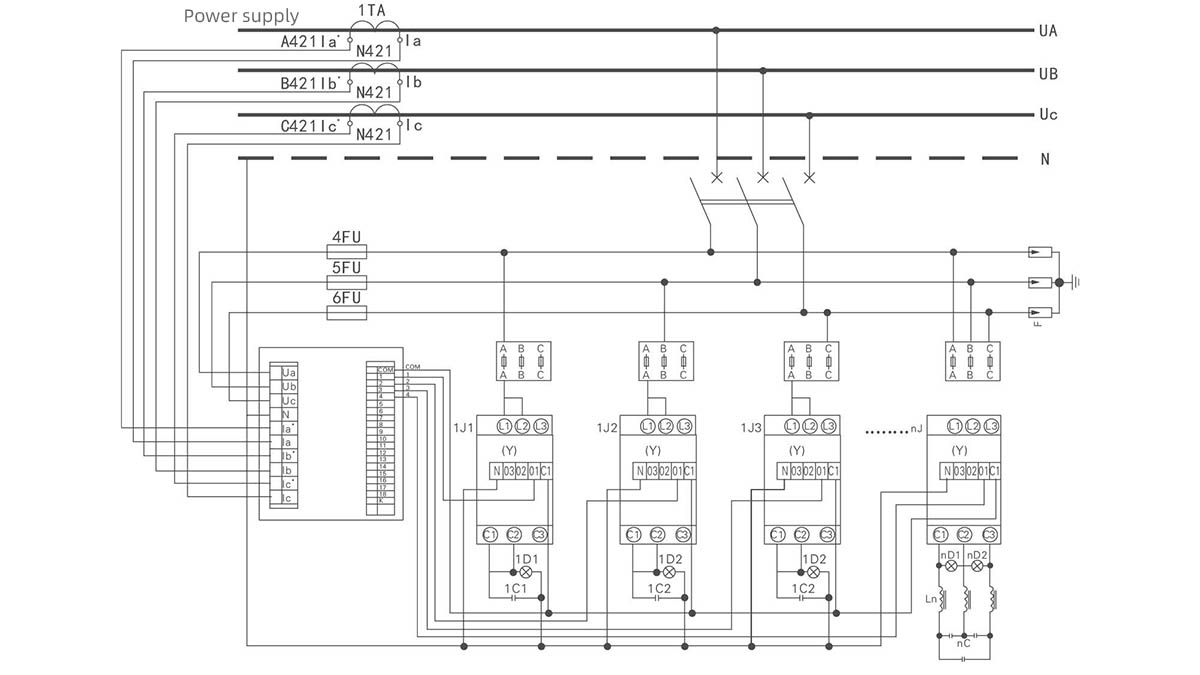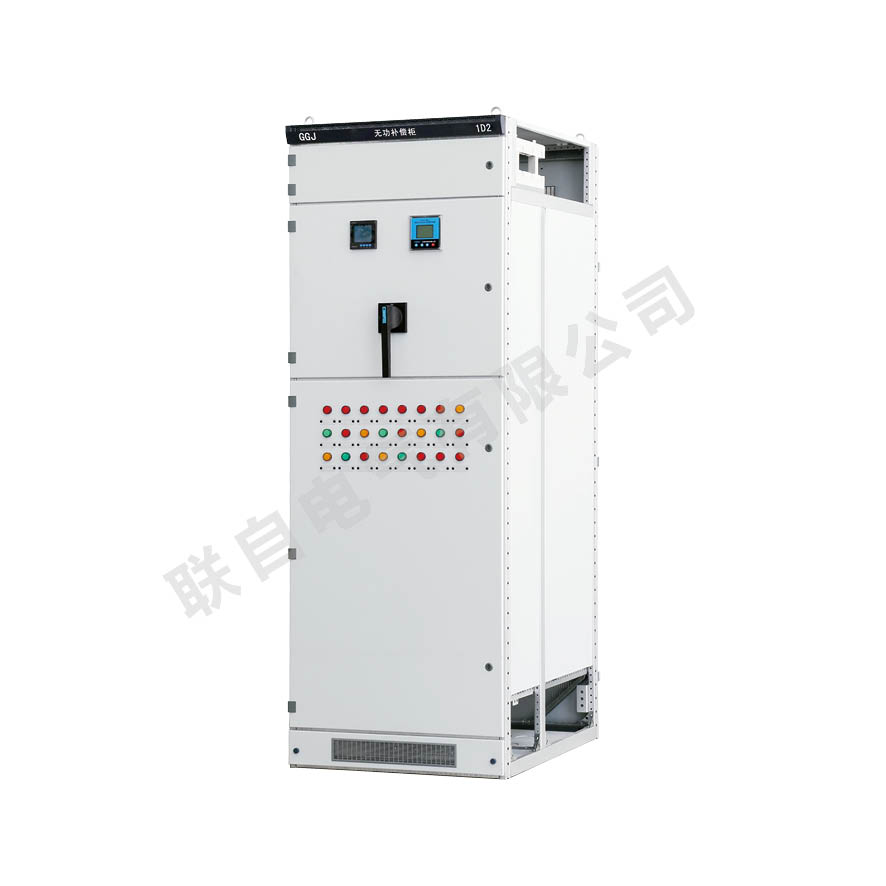GGJ low voltage reactive power compensation device
Product Introduction:
Tel:400-000-6707
Add:No. 258, Weiqi Road, Economic Development Zone, Yueqing City, Zhejiang Province
IntroductionSince this device can effectively improve the power factor of electrical loads, reduce line losses, and enhance the actual load capacity of transformers, it achieves significant energy-saving effects. Additionally, by using specific reactors in the system, it can effectively prevent harmonic amplification and absorb the majority of harmonic currents. This ensures that the total harmonic voltage distortion and the content of individual harmonic currents meet national standards, thereby achieving the goal of harmonic mitigation. In contrast, using ordinary contactors to switch capacitor banks would result in large inrush currents, slow compensation times, high maintenance costs, and short service life. Therefore, we recommend that users prioritize the use of dynamic reactive power compensation devices in the following scenarios: low-voltage power grids in substations, production workshops, and residential buildings of industrial and mining enterprises, especially in power distribution systems where the load frequently changes and the reactive power is unstable.
This product meets standards such as GB/T 15576-2008 Low Voltage Complete Reactive Power Compensation Equipment and IEC 60439 Low Voltage Complete Switchgears and Control Equipment.
Model meaning  Use conditions
Use conditions>Ambient temperature: -5℃~+40℃;
>Ambient relative humidity: not above 90%(20℃);
>Altitude: not above 2000m;
> The surrounding medium is free from explosion hazards; there are no gases that could damage or corrode metals, conductive dust. The installation places are not prone to severe vibrations. Additionally, it should not be exposed to erosion from rain or snow.
Product characteristicsInductive loads in power grids (such as generators, chokes, transformers, induction heaters, and welding machines) all generate varying degrees of electrical hysteresis, referred to as inductance. Inductive loads have the characteristic of maintaining the direction of current (e.g., positive) for a period of time even when the direction of voltage changes. Once there is a phase difference between current and voltage, reactive power is generated and fed back into the power grid. In an AC power grid (50/60Hz), the above process repeats 50 or 60 times per second. Therefore, an obvious solution is to directly use capacitors to temporarily store and release these inductive energies (reactive power), thereby reducing the reactive power exchange in the power grid.
>It has strong universal performance. This compensation cabinet can be combined with various types of cabinet bodies from domestic and international sources, such as MNS, GCK, GGD, etc.;
>The capacitor compensation combination methods are diverse and flexible. It features Y-type compensation, Δ-type compensation, and Y+Δ1 combined compensation methods;
>Diverse communication methods. It is equipped with RS-232/485 communication interfaces, and wireless data transmission modules or GPRS modules can be used for long-distance communication;
>Control is precise and secure. It employs voltage zero-crossing triggering, ensuring no inrush current when switching on and no high voltage generation when breaking;
>Long service life. Under no maintenance, the service life reaches over 100,000 h.
Technical characteristics>Automatic compensation of reactive power, increase of power factor;
>Increase equipment efficiency, save investment;
>Reduce distribution line loss and transformer loss;
>Change voltage quality, improve reliability of power supply
Technology outline> System voltage: below AC450V;
> Switching time: t ≤ 20ms;
> Input surge: <25In;
> Rated frequency: 50Hz±50%;
> Sampling current: 0~5A;
> Local power consumption: ≤ 15W;
> Sensitivity: 100mA.
Reference scheme Order information
Order information> Main circuit scheme drawing;
> Compensation capacity and mode;
> Please make advance specifications in case of inconformity with regular use conditions of the product.








 EN
EN CN
CN RU
RU





